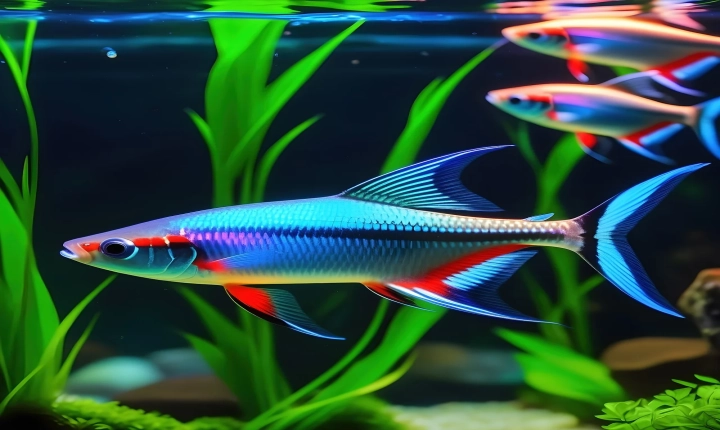Title: Does ChatGPT Pass Plagiarism Checks? Evaluating ChatGPT’s Originality
Plagiarism is a serious concern in academic and professional settings, as it involves the unauthorized use of someone else’s work, ideas, or content without proper citation or attribution. With the increasing use of AI language models like ChatGPT, one may wonder whether these tools are susceptible to producing plagiarized content. In this article, we will explore ChatGPT’s capabilities and limitations in producing original and plagiarism-free text.
Understanding ChatGPT’s Functionality
ChatGPT, developed by OpenAI, is a state-of-the-art language model that uses a powerful neural network to generate human-like text based on the input it receives. It has been trained on a diverse range of internet text, allowing it to mimic the style and content of human-written text. Users can prompt ChatGPT with a variety of inputs, from simple questions to more complex prompts, and receive responses that are coherent and contextually relevant.
The Potential for Plagiarism
Given ChatGPT’s ability to generate extensive and coherent text, there is a potential concern that it could produce content that is heavily plagiarized or directly copied from existing sources. The AI model’s vast training data set includes a wide range of publicly available text, and it may inadvertently reproduce language or ideas that closely resemble existing material.
Moreover, since ChatGPT does not have an inherent understanding of ethics or originality, it is possible for it to generate content that violates plagiarism standards. This has raised concerns about the potential misuse of AI language models, particularly in academic and professional writing environments.
Evaluation of Plagiarism Checks
To evaluate ChatGPT’s originality and susceptibility to producing plagiarized content, we can consider the effectiveness of plagiarism detection tools in identifying text generated by the AI model. These tools typically compare the input text with a vast database of existing content to identify similarities and instances of plagiarism.
In some cases, plagiarism detection tools may struggle to accurately assess text produced by AI language models like ChatGPT. This is because the generated content may not match any existing sources on a word-for-word basis, making it challenging for these tools to detect potential plagiarism. Additionally, the sheer volume of output that ChatGPT can generate within a short period may overwhelm traditional plagiarism detection methods.
Addressing the Concerns
Given the potential for ChatGPT to produce content that raises plagiarism concerns, it is important for users to exercise caution and ethical considerations when utilizing the AI model. When using ChatGPT for writing purposes, whether for academic, professional, or creative endeavors, it is advisable to critically review the output and ensure that it aligns with ethical standards of originality.
Furthermore, it may be beneficial for organizations and educational institutions to implement guidelines and policies specifically addressing the use of AI language models and the potential for plagiarism. This can include educating users on best practices for responsibly using and attributing content generated by AI models like ChatGPT.
Conclusion
While AI language models like ChatGPT have the potential to facilitate and enhance text generation, the concern of plagiarism remains a significant consideration. As technology continues to advance, it is crucial for users to exercise ethical judgment and diligence to ensure that content generated by AI models aligns with originality standards. By critically evaluating and addressing the concerns surrounding plagiarism, users can leverage AI language models responsibly and ethically in various writing contexts.
